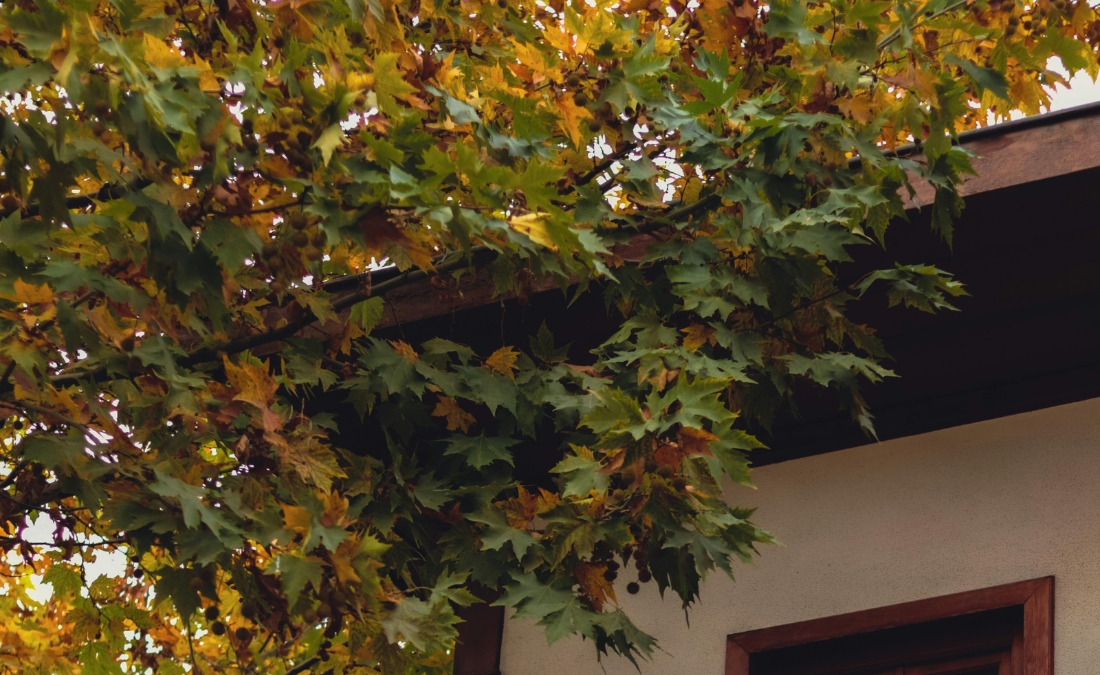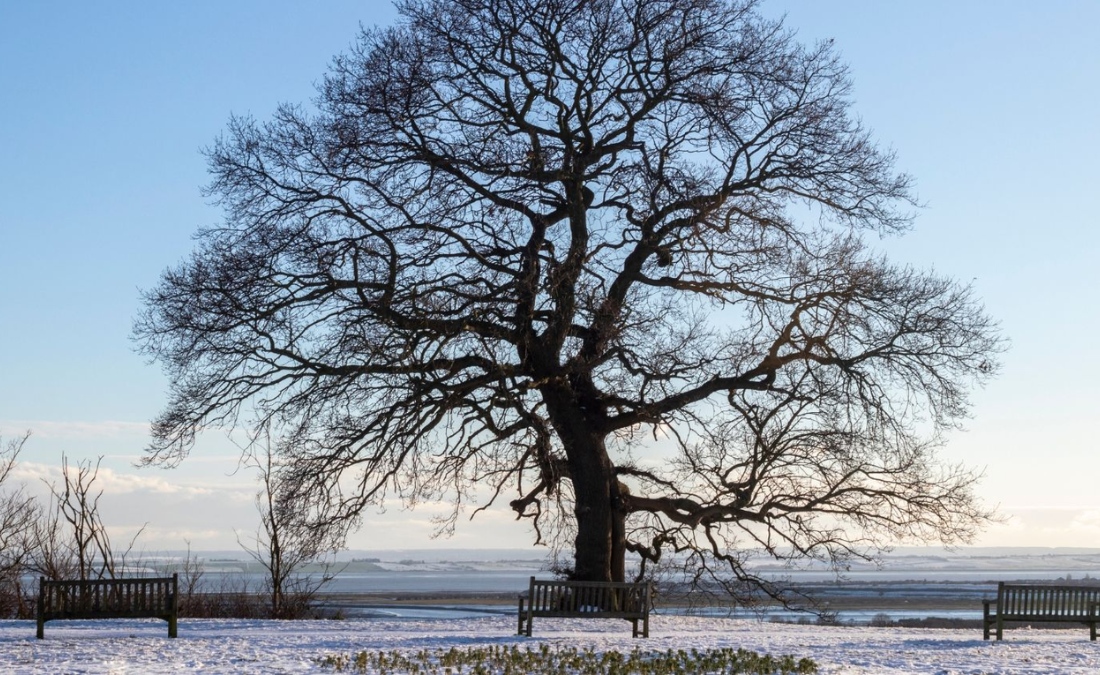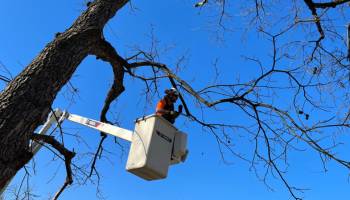How Planting Trees Reduces the Urban Heat Island Effect in the Greater Kansas City Area
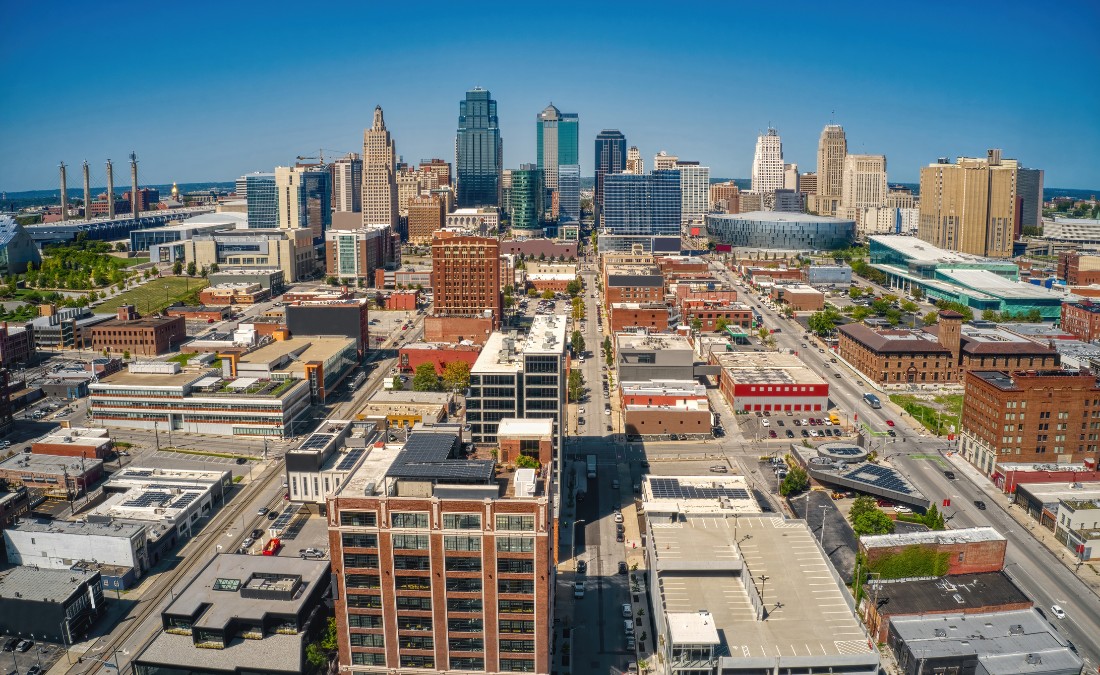
Urban heat islands are heating up Kansas City – learn how planting trees helps cool things down and what Arbor Masters recommends for your yard.
During Kansas City’s sweltering summers, it can feel like you’re living in an oven. This intense heat isn’t just in your head – it’s the urban heat island effect at work. In fact, nearly 75% of Kansas City residents experience temperatures at least 8 degrees higher than surrounding areas. Planting and maintaining trees can significantly mitigate this effect, lowering temperatures, reducing cooling costs, and even saving lives.
Key Takeaways:
- Urban heat islands occur when cities become significantly hotter than surrounding areas due to dark surfaces absorbing heat, removal of vegetation, and waste heat from air conditioners and vehicles.
- The urban heat island effect in Kansas City can cause temperature differences of up to 10 degrees in some areas, posing serious health risks, including heat-related deaths.
- Trees help reduce urban heat by providing shade, releasing water vapor through evapotranspiration, and reducing the need for air conditioning in nearby buildings.
- Homeowners can help combat urban heat islands by planting shade trees like bur oak, white oak, or American elm and maintaining existing trees.
- Local organizations, such as the Crossroads Community Association and Bridging the Gap, are working to reduce urban heat island effects through street tree planting initiatives and data collection.
What is an Urban Heat Island?
An urban heat island occurs when the temperature in a city is hotter than the areas that surround it. Some cities experience so much heat that they can reach 15 to 20 degrees hotter than surrounding areas with more vegetation.
The problem is quite pronounced in western Kansas City. In 2023, Wyandotte and Johnson Counties worked to study the urban heat island on the Kansas side of Kansas City. The findings indicated that much of the city experiences urban heat island effects, with some areas being 10 degrees higher than other surrounding areas.
PRO TIP: Do you know if you are in a part of Kansas City heavily affected by increased urban temperatures? Use this interactive heat island map to see what areas have the highest increases in western Kansas City.
How Urban Heat Islands Form
Knowing that heat islands exist does not explain why they occur. The answer is simple: urban development.
Roads, sidewalks, and driveways tend to be dark. These dark surfaces absorb light more than light surfaces, increasing their temperature. To see for yourself, put your hand on the sidewalk on a sunny afternoon and feel how hot it is. Then, compare that temperature with grass that is in the shade. It should be a night-and-day difference.
Developers often remove vegetation as cities expand and erect more buildings and roads. The lack of an urban canopy leads to increased heat. Mixed with waste heat from cars and air conditioners, air temperature can reach unbearable levels in the summer.
The Danger of Urban Heat Islands
Urban heat islands aren’t just uncomfortable – they can be deadly.
A study from Duke University found that around 12,000 people in the U.S. die prematurely each year due to heat-related factors. The CDC also reported that an average of 702 people died from heat-related causes each year between 2004 and 2018.
As temperatures continue to rise, the impact of urban heat islands will only get worse—especially in cities like Kansas City. In fact, our community has already seen multiple heat-related deaths in recent years, and without action, that number is expected to climb.
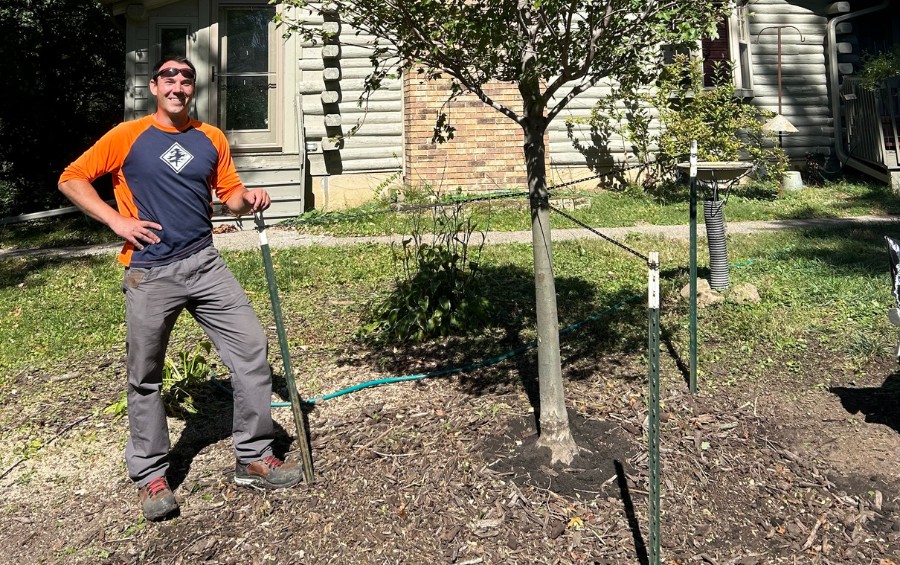
How Planting Trees Reduces Urban Heat Levels
Planting trees is one of the main tools for reducing urban heat island temperatures. Vegetation can help in three primary ways.
Trees Make Cities Cooler – Literally
Trees do more than look good—they play a powerful role in cooling our neighborhoods.
By blocking direct sunlight from hitting roads, sidewalks, and buildings, trees prevent these surfaces from absorbing and radiating heat back into the air. This simple shading effect helps lower surface and air temperatures across entire city blocks. Tree leaves absorb most of the sun’s energy and reflect only a small portion, which is why shaded areas stay noticeably cooler.
For people walking around the city, the difference is even more personal. Standing under a tree’s shade can reduce the risk of heat exhaustion or heat stroke—especially during Kansas City’s hottest months.
To get the full cooling benefit, plant trees strategically near sidewalks, driveways, parking lots, and building walls—anywhere that traps heat.
PRO TIP: While your trees block out the sunlight and cool down the area, the excess heat can lead to increased stress and potentially kill them. Read our previous article on how you can protect your trees from summer heat stress to learn more.
Trees Naturally Aid in Evapotranspiration
Evapotranspiration is a complicated word that describes the joint process of evaporation and transpiration. When these processes work together, they successfully lower
the temperature by using the heat from the air to evaporate water. Think of it like how sweating cools you down in the summer.
Trees mainly aid in transpiration. They absorb water from the ground and release it through their leaves when sunlight hits them. This invisible process can have a significant impact, as a mature oak can transpire 40,000 gallons per year.
Trees Allow for Less Use of Air Conditioning
The shade doesn’t just help outside; it also helps cool the interior of your home. Trees planted on your home’s east, west, and northwest sides can lower your cooling costs and the work your air conditioner must do to maintain a comfortable temperature.
But how does this assist with urban heat islands? Air conditioners and fans produce waste heat, raising our area’s temperature. Strategic planting can decrease the time people spend using their air conditioners and help control urban heat.
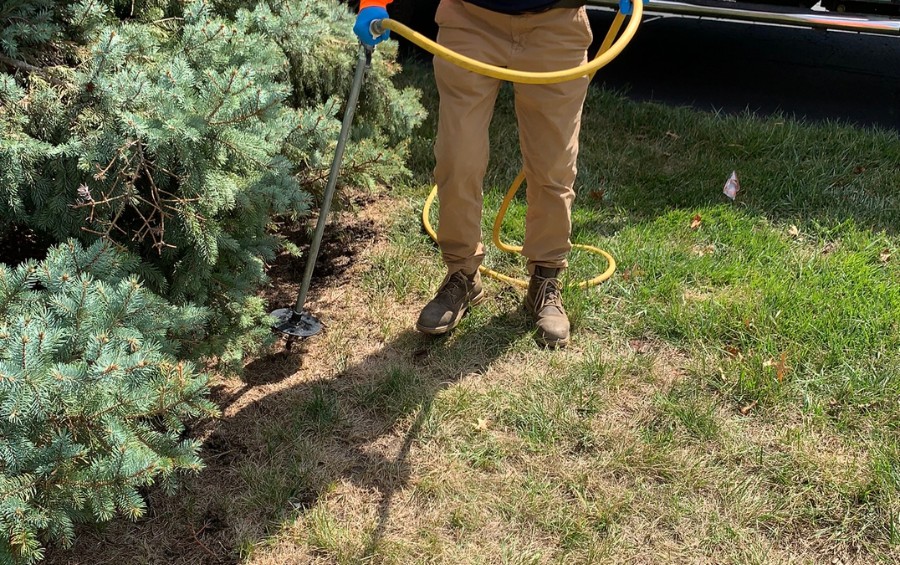
How You Can Help Reduce Urban Heat in Kansas City
While our city and urban planners are making great strides to try and reduce urban heat islands around Kansas City, you can take action as well. The two primary ways are to plant new trees and to keep your existing ones healthy to avoid having to remove them.
“If you have unused space in your yard, consider planting a tree to reduce urban heat. Shade trees will provide the most benefits in lowering temperatures, but even planting an ornamental can assist with transpiration and contribute to cooling. Just ensure whatever you plant can handle Kansas City’s conditions and has enough space to grow without conflicting with nearby structures or utility lines.” – Tyler Woodard, Arbor Advisor at Arbor Masters
Just planting is not enough, as you’ll need to provide continued care to ensure it thrives and can contribute to cooling the city. Some things we recommend doing for your tree as needed include the following:
- Cable and brace mature trees to reduce the risk of failures.
- Administer fertilizer when a soil test reveals a deficiency.
- Place a layer of mulch around your trees to help moderate soil temperature.
- Prune after a storm and at regular intervals of 3-5 years.
- Water trees during a drought.
Frequently Asked Questions About Trees and Urban Heat Islands
We all need to know about urban heat islands so we can help reduce the problem. To assist you in learning more, we’ve answered some common questions homeowners have about them and how to help.
What species should I plant to help with urban heat islands?
The Kansas State Extension service has a list of recommended landscape trees for Kansas City, and planting any of these will reduce urban heat. Some of the shade trees we recommend include:
- Bur oak
- White oak
- American elm
What are the local government and organizations doing to help with urban heat?
Local government agencies and organizations have been teaming up to help reduce urban heat. For instance, the Crossroads Community Association has begun planting street trees to try to lower temperatures. Bridging the Gap is another organization assisting in data collection and tree planting.
If I don’t have space in my yard for a tree, how can I help with urban heat islands?
If you don’t have room for a new tree, you can contribute by volunteering with community organizations to plant trees. You can also educate your neighbors and family and ask them to help contribute to cooling our city.

Partner with Arbor Masters to Keep Kansas City’s Urban Canopy Strong
Planting one tree won’t solve Kansas City’s rising heat overnight – but when homeowners across the city work together to protect and maintain our urban canopy, the long-term impact is significant. That’s why caring for newly planted and existing trees is more important than ever.
At Arbor Masters of Kansas City, we specialize in keeping local trees healthy, strong, and safe. Our certified team offers expert pruning, fertilization, cabling, and bracing services to protect your trees and extend their life.
Need help with your trees? Call us today at 913-441-8888 or request a quote online. Let’s work together to build a cooler, greener city – one tree at a time.
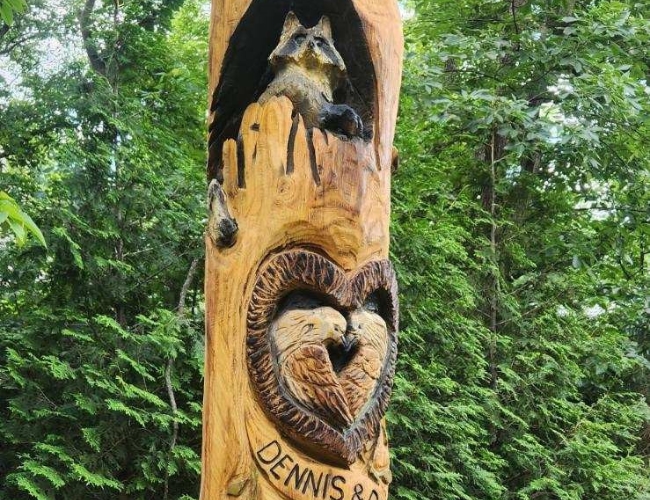
Get the latest local news, tree care tips, special offers, and company updates directly to your inbox! It's easy to subscribe and there's no spam - we promise.
"*" indicates required fields


